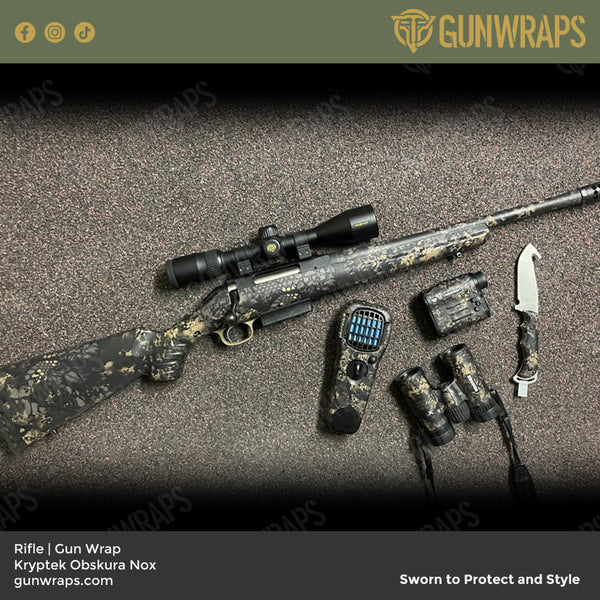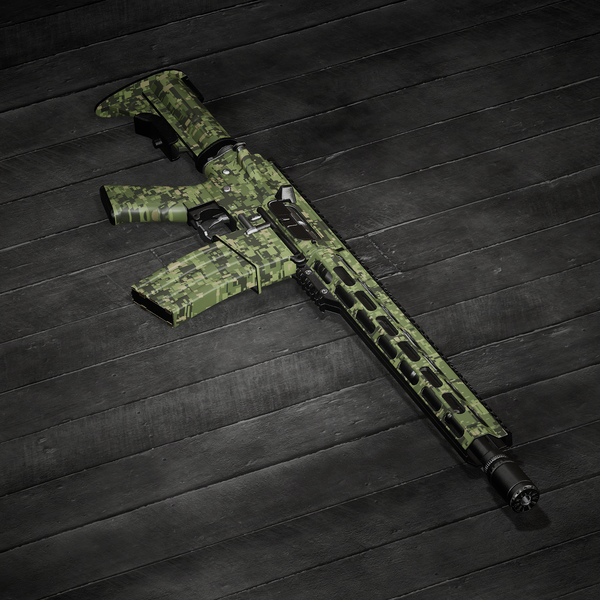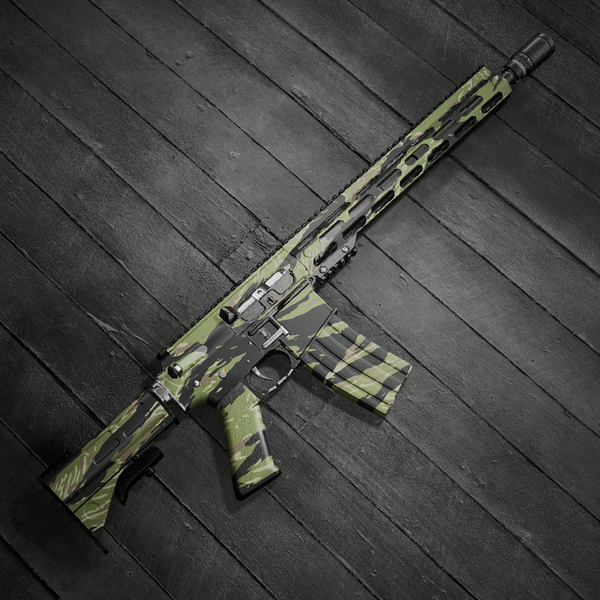Camouflage, a term synonymous with concealment and deception, is an art form that has evolved significantly over time. At GunWraps, we’re passionate about the art of concealment, especially in the context of hunting and firearms. Here, we present a comprehensive journey through the history, types, and modern innovations of camouflage.
GunWraps: A Legacy of Excellence in Camouflage
GunWraps, a name revered in the world of hunting and tactical gear, stands at the forefront of camouflage technology. Our commitment to excellence and innovation is evident in every product we design. We understand that effective camouflage is crucial for hunters and outdoor enthusiasts, and our products reflect this deep understanding.
What is Camouflage?
Camouflage is the art of hiding an object or individual from plain sight. It's a strategy employed by both nature and humans to blend into the environment, making the concealed object difficult to detect. Camouflage techniques are widely used in military tactics, wildlife preservation, and hunting.
What is Camouflage Used For?
The primary function of camouflage is concealment. In military operations, it’s used to hide personnel, equipment, and installations. In wildlife, it’s a survival mechanism to avoid predators or to ambush prey. In hunting, camouflage enables hunters to merge seamlessly with their surroundings, increasing their chances of a successful hunt.
History of Camouflage
Pre World War 1: The Roots of Camouflage
Before the advent of modern warfare, camouflage existed primarily in nature. However, humans had long used rudimentary forms of concealment in hunting and warfare. Ancient texts and artifacts reveal the use of earth tones and foliage to blend into natural environments. This era was characterized by the use of natural materials and basic coloration strategies to achieve concealment.
World War 1: The Birth of Modern Camouflage
The First World War marked the birth of modern camouflage techniques. The introduction of aerial reconnaissance and long-range weaponry necessitated better concealment methods. Armies began experimenting with disruptive patterns on uniforms and equipment. The French army, in particular, established a dedicated camouflage unit, employing artists and designers to create patterns that mimicked natural landscapes.
World War 2: Camouflage Comes of Age
During World War 2, camouflage became a critical component of military strategy. Both the Allied and Axis powers developed a wide range of patterns for different environments, including jungle, desert, and winter settings. This period also saw the introduction of camouflage for large-scale items like tanks, aircraft, and ships, using more elaborate and strategic designs.
1950s: Post-War Developments
The post-World War era saw the continued evolution of camouflage, with patterns becoming standard issue in many militaries. This period focused on refining patterns for specific environments, such as the introduction of the U.S. Army's ERDL pattern, which later evolved into the well-known Woodland pattern.
1970s: Experimentation and Innovation
The 1970s marked a period of experimentation, with militaries around the world testing new patterns and technologies. This era saw the development of more environment-specific patterns, like the Soviet Union's KLMK pattern designed for woodland and grassland areas.
1980s: Digital and Urban Camouflage
The 1980s witnessed a significant shift with the introduction of digital and urban camouflage patterns. These patterns were designed for the changing nature of warfare, which increasingly took place in urban environments. The digital patterns, characterized by pixelated designs, were developed to disrupt visual and digital detection methods.
1990s: Technological Advancements and Widespread Adoption
Today: Cutting-Edge Camouflage and Customization
Popular Camo Patterns
Digital Camo
Vietnam Tiger Stripe Camo
Newer Editions to Camouflage
- Kryptek: Utilizes a multi-layered approach, mimicking natural animal camouflage.
- Muddy Girl: Known for its pink and purple patterns, offering a unique take for female hunters.
- Substrate: Focuses on a more abstract approach, blending organic and digital elements.
-
A-TACS: Advanced Tactical Concealment System, it uses naturally occurring shapes to create a versatile pattern.
GunWraps Original Take on Traditional Camouflage
At GunWraps, we pride ourselves on redefining traditional camouflage. Our designs blend classic elements with modern technology, ensuring that hunters and outdoor enthusiasts have the most advanced concealment options. Our patterns are meticulously crafted to suit various terrains and hunting conditions.
Camouflage, A Constant Evolution
The evolution of camouflage is a testament to human ingenuity and adaptability. From its humble beginnings in nature to its sophisticated applications in modern-day scenarios, camouflage remains an essential tool in the art of concealment. At GunWraps, we continue to innovate and push the boundaries, ensuring that our customers always have access to the best in concealment technology. Remember, whether you're in the woods, desert, or urban landscape, the right camouflage can make all the difference.




